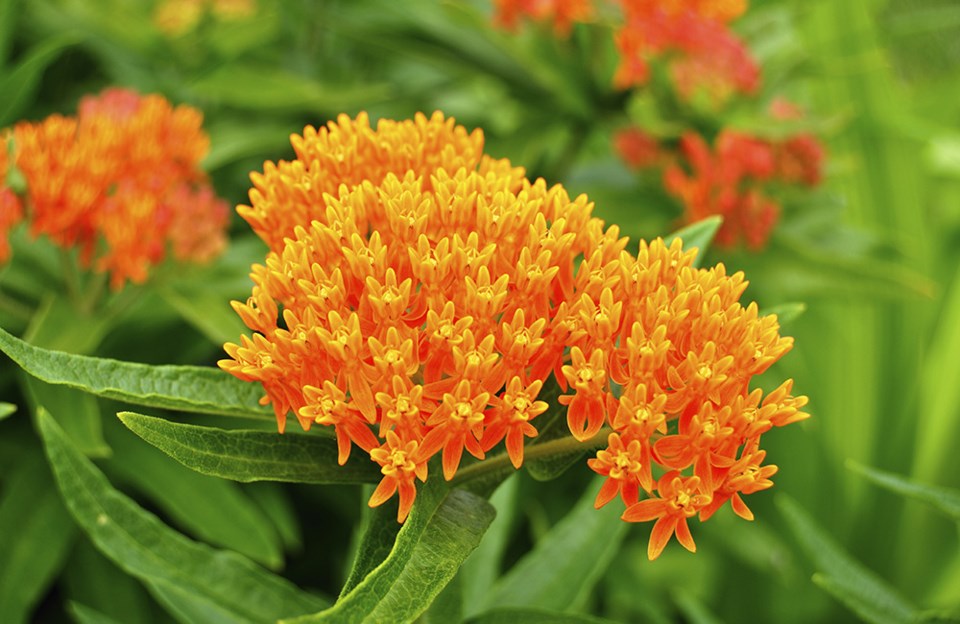Question: Our camellia is developing a black powdery substance on its leaves. This rubs off but is even discolouring the side of the house and the neighbouring rhododendron. The plant doesn’t seem to be suffering too much – but it’s really become unsightly. Any suggestions?
John Barbisan, Vancouver
Answer: Sooty mould is very common with camellias. The two most likely causes are aphids or scale insects. All these are sap-suckers that excrete a sweet substance which coats the leaves and attracts ants which eat this “honeydew.” Fungi are also attracted and that’s what gives the honeydew its sooty colour.
You’ll need to check whether ants are crawling up the trunk of your camellia and your rhododendron. If they are, it’s important to stop them. As long as the ants can get up there, your problems will continue.
Garden centres sell insect-trapping substances such as “Tanglefoot.” These sticky products should be smeared on a plastic or cloth band that can be fastened around the trunks of both shrubs. It should be put on so that it can be removed and discarded when necessary.
All sap-sucking insects seek out shrubs with lots of tender green growth. High-nitrogen fertilizers encourage this. Balanced, slow-release fertilizers or compost is a better choice.
Checking for eggs on the underside of the leaves is also helpful in case you have scale insects, not aphids. Or you could have both.
If sunlight and air circulation are blocked, sooty mould is more likely to attack. Sometimes the camellia has very dense growth, or perhaps surrounding trees have grown and are hogging the light.
Anyway, it helps to prune off the worst infected branches. Spraying will penetrate better and so will air and sunlight. If the bush is quite small, you could pick off the most badly infected leaves.
Blasts of water can dislodge many of the aphids. For generally cleaning the bush somewhat, a tablespoon of Neem oil in a gallon of water is useful.
To cut off the next generation of scale, try dormant oil sprays. These can smother scale eggs.
The underside of both shrubs should always be kept clear of fallen leaves or prunings because these harbor fungus spores that re-infect the bush in spring. This debris shouldn’t be composted. It should go to green waste.
Question: I tried to get some asclepias (butterfly weed) from a nursery because I want to plant things that will encourage the bees and butterflies. But the woman in the nursery told me they don’t have it as a perennial because it’s not hardy. But I’m getting conflicting information because Botanus says in their catalog that the plant is hardy from zones three to nine. So who’s right?
Pat, Langley
Answer: Botanus is right. There are loads of different asclepias species. Some are tender, but most would be hardy here. Two of the toughest and most popular ones are Asclepias tuberosa and Asclepias incarnata, both hardy to Zone 3 and listed by Botanus.
Asclepias tuberosa is very drought-tolerant, but its deep taproots make it hard to transplant once it’s established. It’s also slow to emerge in spring. Later it gives a full three months of flowers from summer into fall. The bright orange forms are especially spectacular.
Anne Marrison is happy to answer garden questions. Send them to her via [email protected]. It helps if you add the name of your city or region.



